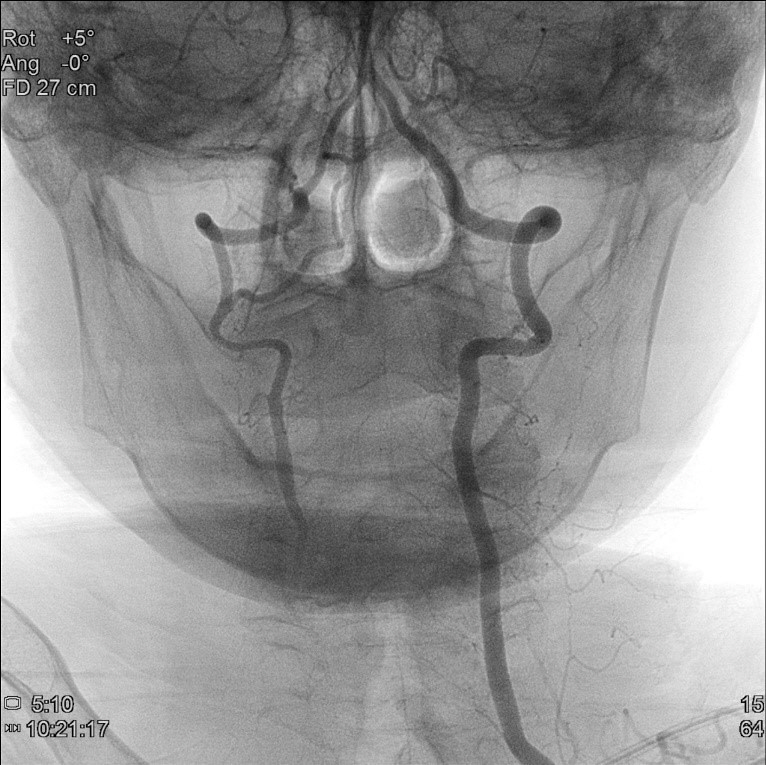J Neurocrit Care.
2022 Jun;15(1):76-77. 10.18700/jnc.210041.
A case of Brown-Sequard syndrome caused by spinal cord infarction
- Affiliations
-
- 1Department of Neurology, Ajou University Medical Center, Suwon, Korea
- KMID: 2532005
- DOI: http://doi.org/10.18700/jnc.210041
Figure
Reference
-
1. Sandson TA, Friedman JH. Spinal cord infarction: report of 8 cases and review of the literature. Medicine (Baltimore). 1989; 68:282–92.2. Baumgartner RW, Waespe W. Anterior spinal artery syndrome of the cervical hemicord. Eur Arch Psychiatry Clin Neurosci. 1992; 241:205–9.
Article3. Santillan A, Nacarino V, Greenberg E, Riina HA, Gobin YP, Patsalides A. Vascular anatomy of the spinal cord. J Neurointerv Surg. 2012; 4:67–74.
Article4. Meng YY, Dou L, Wang CM, Kong DZ, Wei Y, Wu LS, et al. Spinal cord infarction presenting as Brown-Séquard syndrome from spontaneous vertebral artery dissection: a case report and literature review. BMC Neurol. 2019; 19:321.
Article
- Full Text Links
- Actions
-
Cited
- CITED
-
- Close
- Share
- Similar articles
-
- Brown-Sequard Syndrome Caused by Spinal Cord Infarction: A Case Report and Literature Review
- Brown-Sequard Syndrome due to Herniated Cervical Disc
- Idiopathic Spinal Cord Herniation as a Treatable Cause of Progressive Brown-Sequard Syndrome
- Idiopathic Spinal Cord Herniation Presented as Brown-Sequard Syndrome: A Case Report and Surgical Outcome
- Motion Preserving Surgery in Two Cases of Brown-Sequard Syndrome Caused by Herniated Cervical Discs



